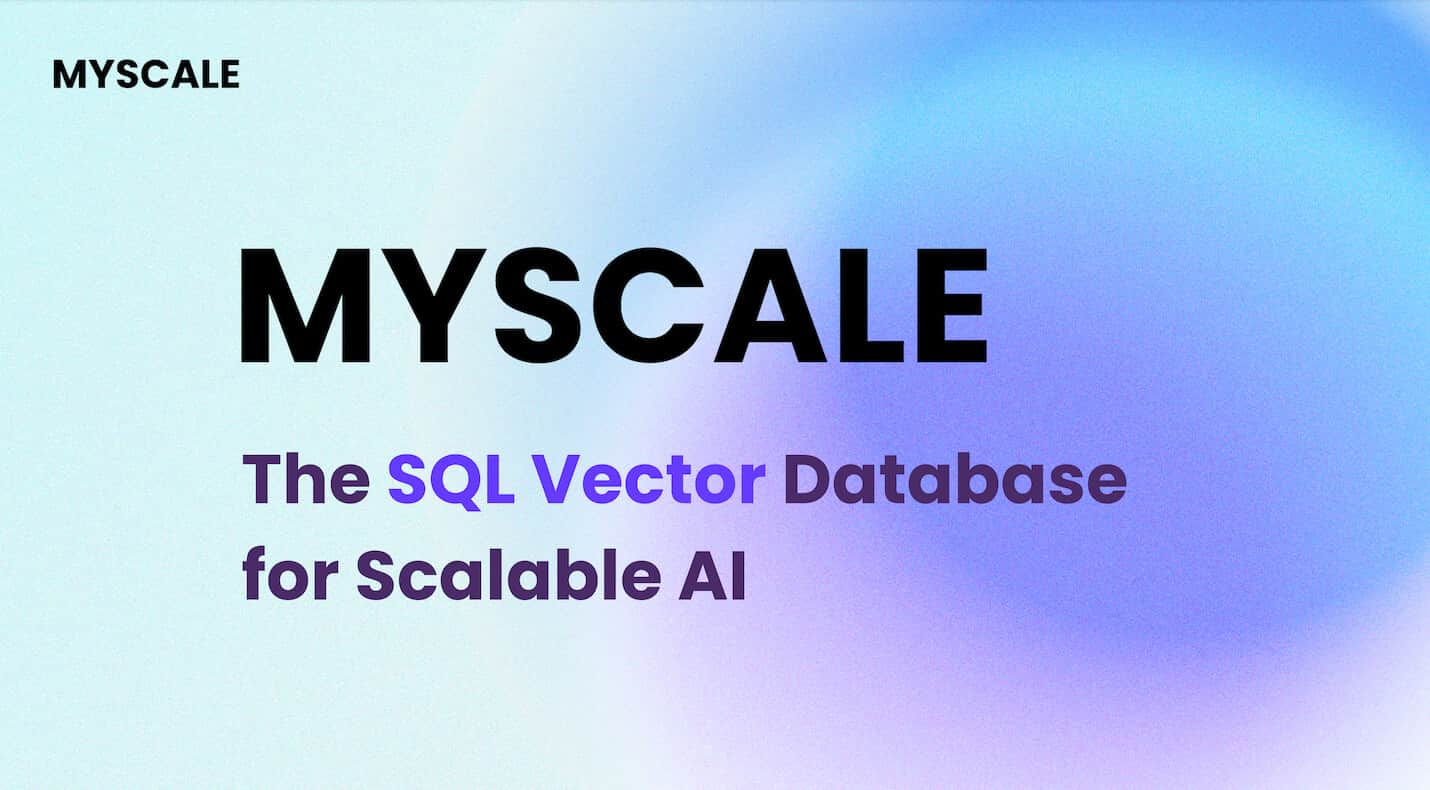# Welcome to the World of Vector Storage
# Why Vector Storage Matters
Vector storage plays a pivotal role in modern data ecosystems, offering flexibility, agility, and seamless integration. These databases are designed to handle massive datasets with lightning-fast performance (opens new window), ensuring exceptional query response times and real-time insights at scale. Efficient vector storage is the cornerstone of vector databases (opens new window), influencing speed and scalability in data retrieval. Unlike traditional storage systems, vector databases excel in processing large datasets efficiently (opens new window).
# My Journey into Vector Storage
Embarking on my journey into vector storage presented initial challenges in managing and retrieving complex data structures effectively. However, my exploration led me to discover powerful tools like Faiss (opens new window) and LlamaIndex (opens new window). These innovative solutions revolutionize vector storage by enhancing retrieval speed and optimizing data organization. Through their integration, I witnessed a significant improvement in the efficiency of handling multi-dimensional data.
# Understanding Faiss and LlamaIndex
# What is Faiss?
Faiss stands out as a versatile and efficient library tailored for similarity search (opens new window) and indexing, especially adept at managing high-dimensional data. Its prowess lies in both exact and approximate search functionalities, bolstered by GPU support and a diverse array of indexing structures. This makes Faiss an invaluable asset for researchers and developers immersed in similarity-driven applications.
# Key Features of Faiss:
Efficient Similarity Searches: Faiss enables swift and accurate similarity searches within vast datasets.
GPU Acceleration: Leveraging GPU support, Faiss optimizes performance for intensive computational tasks.
Wide Indexing Structure Selection: With a broad range of indexing structures, Faiss offers flexibility to cater to varying data types.
# How Faiss Powers Vector Storage
Faiss empowers vector storage by streamlining the process of similarity search and clustering dense vectors. Its advanced algorithms can efficiently locate vectors of any size, complemented by built-in tools for parameter tuning and evaluation.
# What is LlamaIndex?
LlamaIndex emerges as an innovative data framework empowering developers to construct cutting-edge QA systems. Its components are versatile, fostering in-context learning capabilities that redefine natural language understanding paradigms. For those intrigued by reshaping QA system development, delving into LlamaIndex promises an enlightening experience.
# The Role of LlamaIndex in Vector Storage
Enhanced Data Organization: LlamaIndex enhances the organization of vectors within storage systems, optimizing retrieval efficiency.
Advanced QA System Development: By facilitating state-of-the-art QA system construction, LlamaIndex revolutionizes how developers approach natural language processing (opens new window) tasks.
# Benefits of Using LlamaIndex
Innovative Approach to QA Systems: LlamaIndex introduces novel methodologies that elevate the quality and performance of QA systems.
Streamlined Development Process: Developers benefit from streamlined workflows and enhanced productivity when leveraging LlamaIndex's capabilities.
# How Faiss and LlamaIndex Work Together
The integration of Faiss and LlamaIndex creates a symbiotic relationship where efficient vector storage meets advanced QA system development. By combining the robust similarity search features of Faiss with the innovative data framework offered by LlamaIndex, users can witness seamless synergy in action.
# Integrating Faiss with LlamaIndex: A Step-by-Step Guide
# Preparing Your Data for Integration
Before diving into the integration process of Faiss and LlamaIndex, it's crucial to lay a solid foundation by meticulously preparing your data. Start by collecting relevant datasets that align with your project goals. Ensure that the data is clean, structured, and ready for indexing. Understanding the underlying structure of your data is equally essential. Identify key attributes, dimensions, and relationships within your dataset to optimize the integration process seamlessly.
# Setting Up Faiss for Vector Storage
To embark on efficient vector storage with Faiss, begin by installing the library on your system. Follow the installation instructions provided by Faiss to set up the library successfully. Once installed, it's time to configure Faiss according to your specific requirements. Customize indexing structures, similarity metrics, and search parameters to tailor Faiss to best suit your vector storage needs.
# Connecting Faiss to LlamaIndex
The integration process of Faiss with LlamaIndex involves establishing a seamless connection between these two powerful tools. This integration enables you to leverage the advanced features of both libraries effectively. While connecting Faiss to LlamaIndex, ensure a smooth transition of data flow between the systems. In case of any hiccups during integration, familiarize yourself with common issues and their troubleshooting methods to maintain a robust connection.
# Testing and Optimizing Your Setup
After integrating Faiss and LlamaIndex, it is crucial to conduct thorough testing (opens new window) to ensure the efficiency of your vector storage system. Testing plays a vital role in validating the functionality and performance of the integrated tools. Verify that similarity searches and data retrieval processes operate seamlessly across various datasets. Additionally, optimize your setup to enhance search speed and accuracy. Fine-tune indexing parameters, such as distance metrics (opens new window) and search algorithms, to achieve optimal results.
# Ensuring Efficient Vector Storage
Efficiency in vector storage is paramount for maintaining high-performance data retrieval capabilities. Regularly monitor system metrics to identify bottlenecks or areas for improvement. Implement index compression techniques to reduce storage overhead while preserving search quality. By prioritizing efficiency, you can streamline operations and maximize the utility of your vector database.
# Tips for Optimization
Conduct regular performance evaluations to track system efficiency.
Experiment with different indexing structures to find the most suitable option.
Consider parallel processing techniques to boost query response times.
# Wrapping Up
# Key Takeaways
# The Significance of Streamlined Vector Storage
Efficient vector storage serves as the backbone of modern data management, ensuring rapid access to vast datasets. By optimizing storage structures and retrieval mechanisms, organizations can enhance operational efficiency and unlock valuable insights seamlessly.
# Harnessing the Synergy of Faiss and LlamaIndex
The integration of Faiss and LlamaIndex represents a paradigm shift in data processing capabilities. Leveraging Faiss's robust similarity search features alongside LlamaIndex's innovative QA system development tools opens doors to unparalleled advancements in data organization and retrieval efficiency.
# Where to Go from Here
# Further Learning Resources
For those eager to delve deeper into vector storage and advanced indexing techniques, exploring additional resources is key. Dive into online courses, research papers, and tutorials to expand your knowledge and stay abreast of the latest developments in the field.
# Engaging with the Community
Joining forums, attending workshops, or participating in industry events can offer invaluable networking opportunities. Engage with like-minded professionals, share insights, and collaborate on projects to foster continuous growth and innovation in vector storage technologies.
List of Recommended Resources:
Online Courses on Advanced Indexing Techniques
Research Papers on Vector Database Optimization
Workshops on Faiss Integration Strategies




